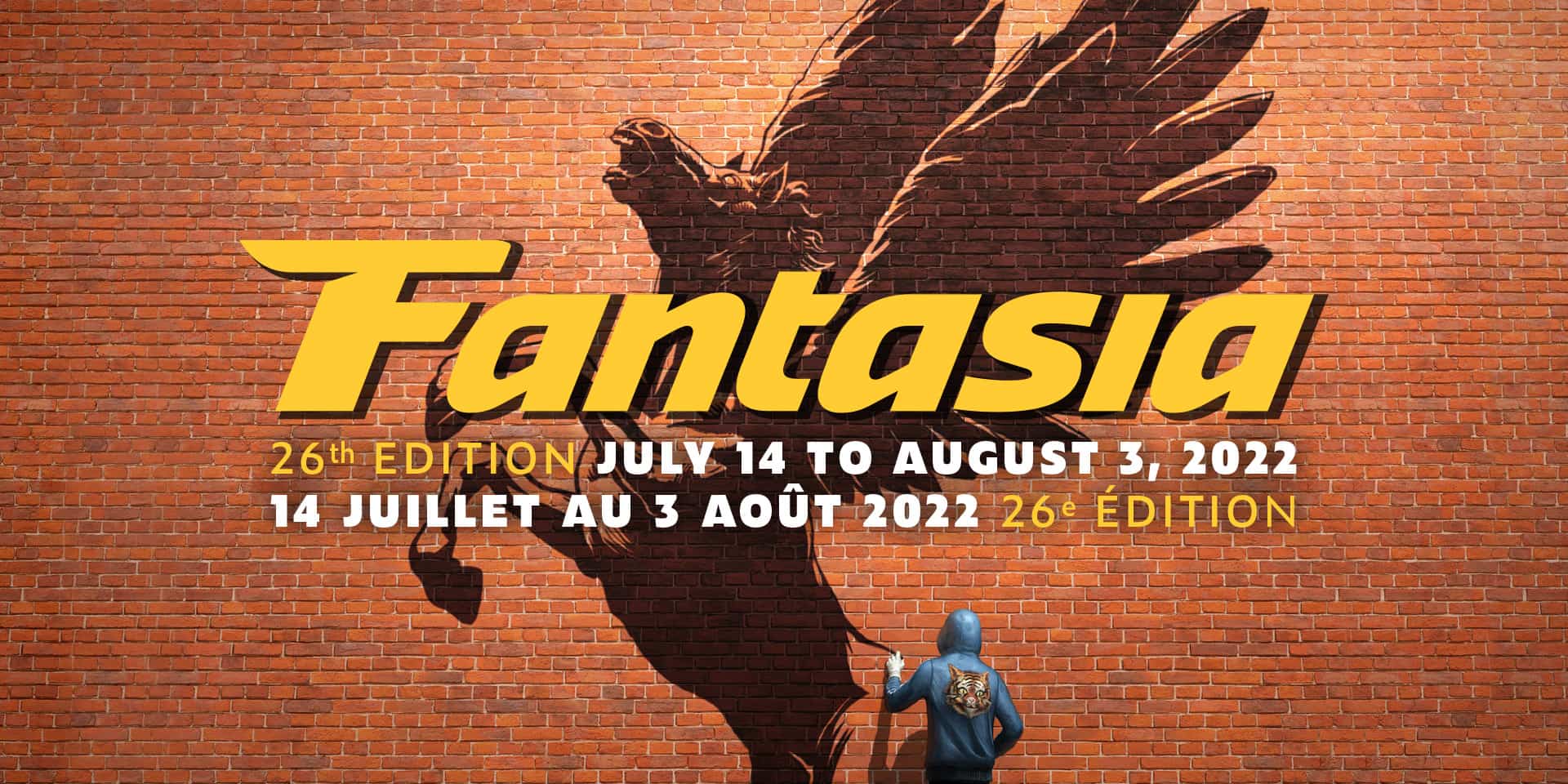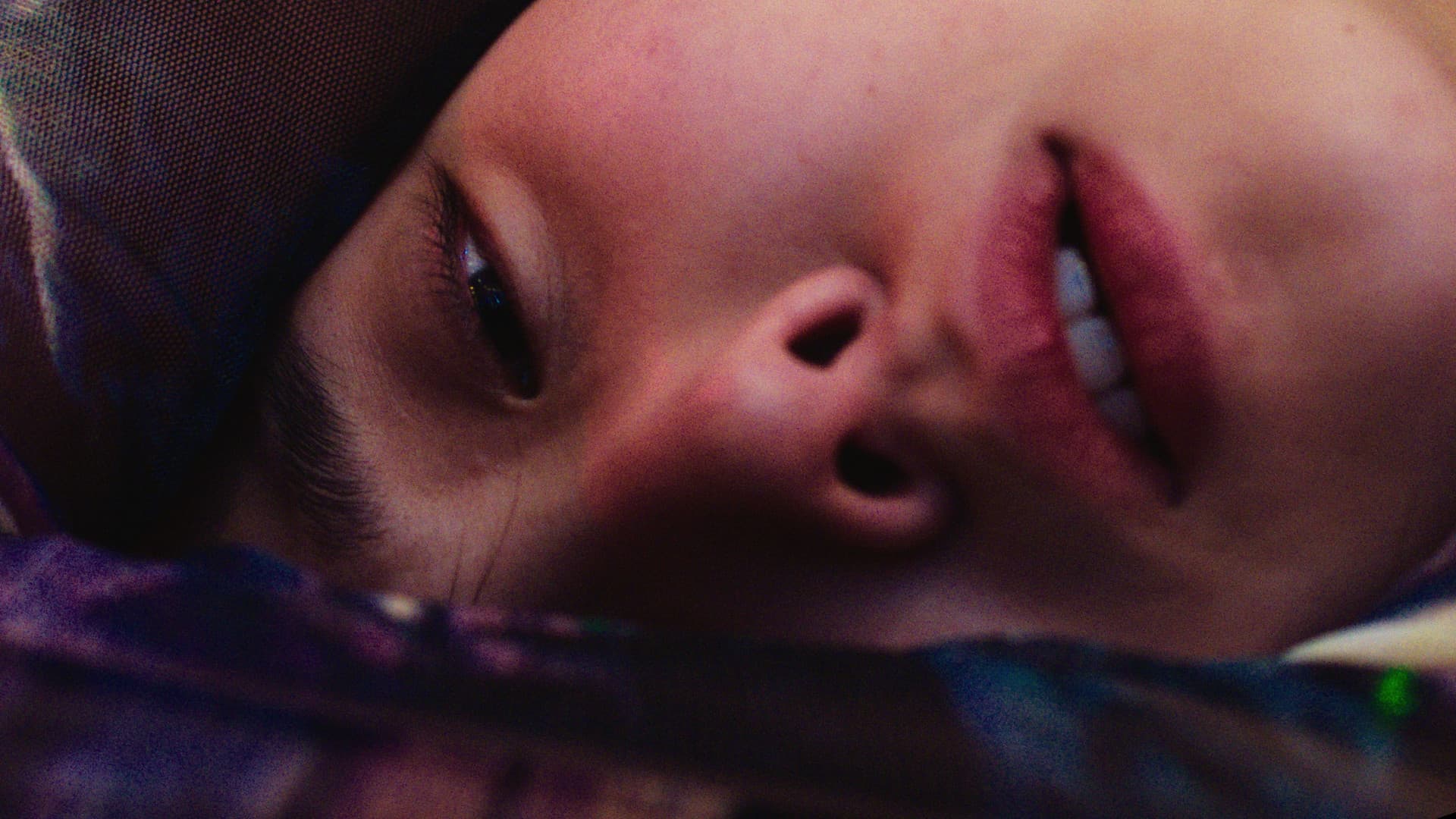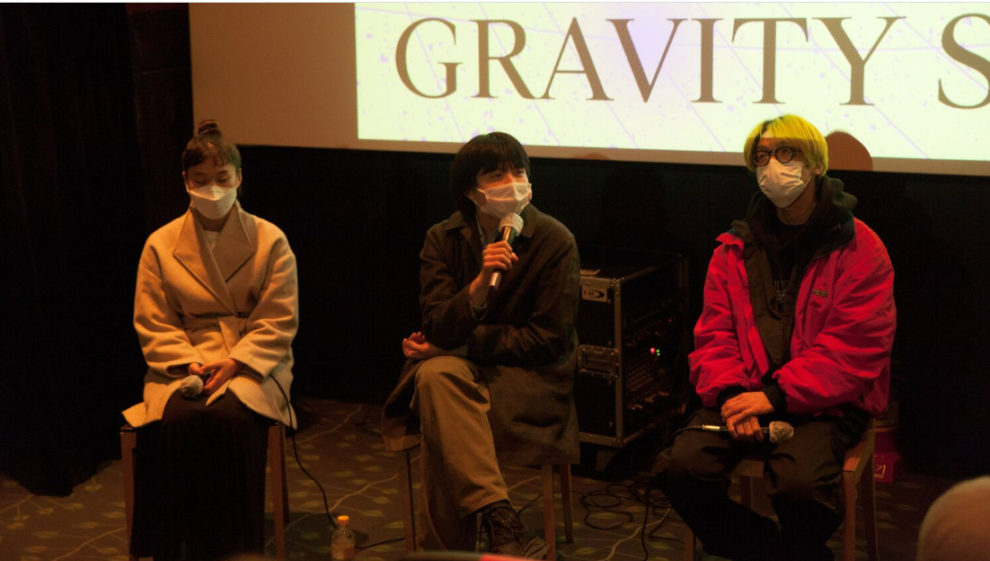Park Sye-young (b. 1996) is a filmmaker based in South Korea. His films have a heavy leaning towards personal, independent filmmaking. His short film ‘Cashbag' won the best editing award at the 2020 MISE EN SCENE film festival and his next films including ‘Godspeed', ‘Between the hotel and city hall' have competed and been invited to several film festivals. ‘The Fifth Thoracic Vertebra' which premiered at the Bucheon and won three awards (Best Director award, NH bank distribution award, Audience award) and Fantasia Film Festival (Special Jury Mention Award for New Flesh feature) in 2022 is his first feature film.
On the occasion of the “The Fifth Thoracic Vertebra screening at Fantasia, we talk with him about the unusual and unique story of the movie, fungi and mattresses, the visual style and the music, and other topics
“The Fifth Thoracic Vertebra” is screening on Fantasia International Film Festival

What was the inspiration behind this rather unique story? How did you come up with the many different couples and individuals in the story?
I once lived in a really small one-room apartment that my broker told me would always be filled with direct sunlight during the day. While that was true, the house was always moist and damp because of a faulty, improper ventilating system. Naturally, moisture led to many fungi taking form in my house. One particular fungi that formed on my wall simply would not die or disappear no matter what I did. Ultimately, I decided to cover it up with a movie poster for the remainder of my stay at the house. When it was time to move out, I peeled off the poster and behold, the mold had grown fur and hair and the hair was sticking upright, holding onto the poster for dear life. My initial reaction of disgust changed to one of sadness and a strange feeling of companionship. The mold was brimming with life and simply did not want to die. It had transformed from a 2d creature to a 3d creature. I left it there and moved out. The house owner probably redid the wallpaper and it must have moved on to its next location. I always wondered where it moved onto and what it was doing. I always have a sense of sadness and guilt whenever I think of the mold.
Why a fungus and why inside a mattress? What is the significance of the title?
The title stemmed from my time with an ace mattress. It was a good mattress and I paid some good money for it but it was so comfortable that whenever I woke up, my spine would hurt. Because this pain kept on repeating itself, I wanted to pinpoint the exact vertebra that was hurting and found out it was the fifth thoracic vertebra. This vertebra is located in the middle top part of our spine and it sort of made me crouch forward during my morning, unable to stay upright for a while. A small pain that receded over the course of the day. I hated that bed but it wasn't its fault for being too comfortable. Why was it always my fifth vertebra that hurt? Why not the third or the fourth? I think there was a creature in the bed, laughing at me, pricking at my spine every night. I threw the bed away but it disappeared overnight before the garbage-disposing people came over to pick it up. I wonder who took it and if their fifth thoracic vertebra hurt as well.

The narrative follows an episodic approach. Why did you choose this style?
My main internal focus for this film was based on my experience (still in the present tense) of slowly being forced to live further and further away from the city. More and more of the people around me, especially those that live on 2-year contracts, find themselves having to move further and further away from the heart of the city. But what is the heart of a city, where is it?
In the film, the mattress makes its way from the city further and further away until it ends up near the borders of South Korea and North Korea. The passageway through which it travels is ultimately motivated by the increase in living expenses. Where it ends up is not really up to the mattress, the creature or the people that inhabit the bed. This migration influenced the progression of the film by focusing more on location and then the people that come to the locations (ex. the motel couple or the young couple kissing under the bed). I wanted the episodes of the film to be sort of like our experiences in the houses we live in under our short and brief contracts, before we're forced to move further and further away. A collection of landscapes that ultimately lead to a very high rock-wall in the middle of nowhere. But here at the location of the final act, I wanted to ask myself where is the heart of the city?
The visual style changes a number of times throughout the movie. What was your purpose in that aspect?
I have always been fascinated by the distortion of space and time in films. Timelapses are obvious methods but the subtle change of perspectives that are possible in montage always excites me. My favorite filmmaker in that regard is Michael Snow. The first time I saw ‘Wavelengths' I was mesmerized by how boring and exciting, tense and thrilling the film was.
As for this film, since the story follows the evolution of mold into a creature that is part human, part something else, I was able to try all these different perspectives and changes in cuts. Most of the visual details come from the collaboration with my art directors Jeon In and Terri Kim. We ordered a bunch of mushroom-styled objects from Ali Express, experimented with diverse motivated lighting, for example the green lights in the starex van during one of the last sequences was inspired by the ceiling lights of the Rolls Royce cars interior. I wanted to copy it but found out that we would have to take off the interior shell of the van and cut open holes in the cover which is why we had to work around the actual concept.

How was your cooperation with Han Min-hee regarding the music of the movie?
My girlfriend who appears as the creature in the film is a choreographer. She had worked with him (the music director) before on another short film and recommended him to me when I was looking for a music director. We had a long process of very very very long text sessions due to Covid. We only met once near the end of the mix and before then, it was all online texts back and forth which was a very strenuous experience for both of us as well as having a sort of strange feeling of long- distance connection and bonding when the music or the editing was symbiotically in sync with what we wanted.. He is different from me in that I like to take things to the extreme to the point of breaking them (ex. pitch distortion) but he is more centered and contained. We both searched for the sounds of the film for a long time and were content with what we ended up creating.
What was your purpose regarding the editing of the film? Was it difficult editing your own material?
I had two guidelines that I kept to while editing the film. The first one was to strengthen and discover the actors' performances. Most of them are not professional actors and we tried diverse methods to capture their performance. While that resulted in very strenuous and unbased editing processes (sync problems, continuity problems) I felt that each individual performance was due its respected time and space and I wanted to bring out, discover the best of the performances.
The second one was to try and stick images that don't really stick together. We have a combination of timelapses, 180 degree camera angle error shots, extreme zooms, a lot of crude time jumps, unorthodoxical time progressions. I wanted this to feel like the POV and time length/wavelength of the moss creature. I wanted to create an unstable (in terms of time progression and spatial continuity between scenes) layer of images that weren't rough and unorthodoxical for the sake of being experimental but that could provide insight into the creature's perspective and ultimately, if I was successful, its emotions.
What is your opinion of the Korean movie industry at the moment? Do you feel there is enough space for unusual, unique films like yours?
I unfortunately have never been funded by any government or nongovernment organizations to make films and while that in itself is sad as I've always had to shoot my films on a micro budget or work around already established methods of shooting movies, this has also provided me with a great freedom to do whatever I want. That may result in less luck concerning film festivals or getting seen but I've learned a lot and have been able to make bigger, worse mistakes (b/c i shoot with my money) and learn from them as well (b/c i shoot with my money). I think there are many people like me that have had no luck with funding and have resorted to their original, crude but special methods of filmmaking. I'm sorry if this didn't answer the question directly as I've never been in the Korean movie industry as we call it.
Are you working on any new projects?
The first short film I shot was a personal rendition that drew from the sad and very strange prose of Melville's “Moby Dick”. It centered around a fisherman who washes up on shore after a long hard battle with a large fish called the leviathan. The film centered around him dragging the severed large fin of the leviathan around town, trying to buy a new fishing rod to replace his broken one and telling a detailed account of his fight to anyone who listened. That film is embarrassing to watch now as I had no idea what I was doing back then and I've always wanted to try and shoot it again. I've recently developed the same story into a feature film and will shoot it this December on a micro-budget.















